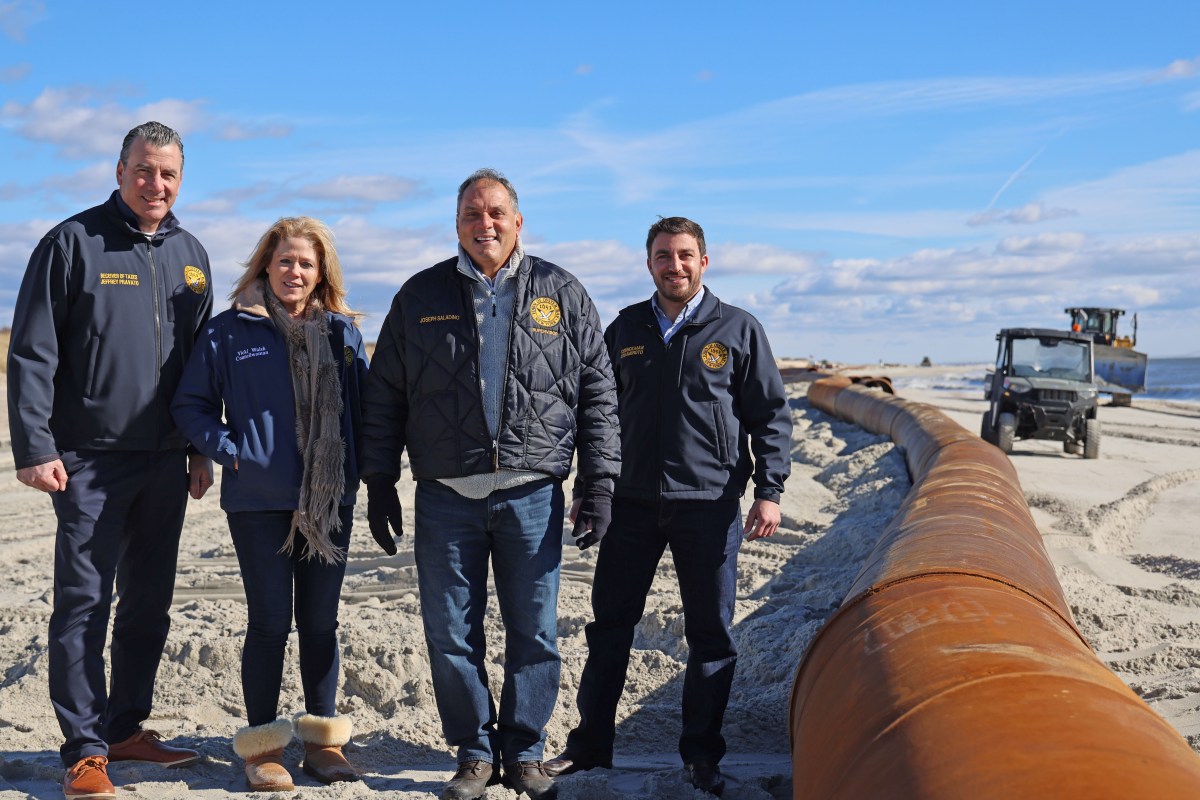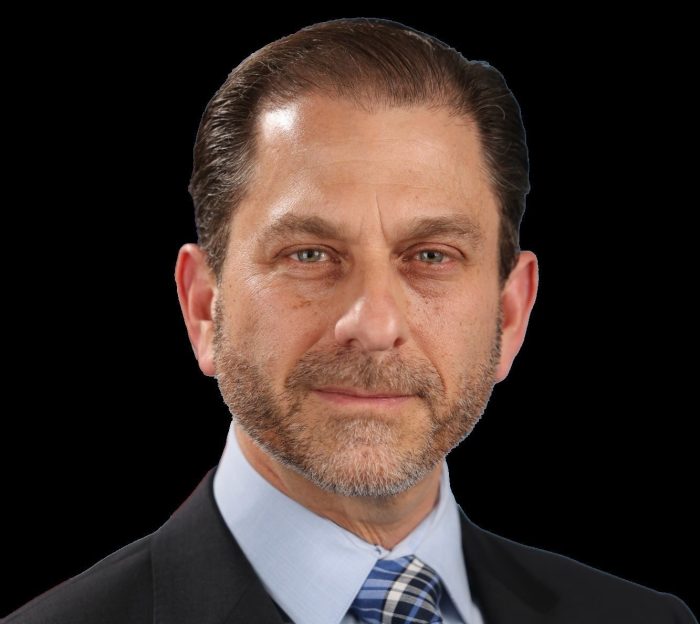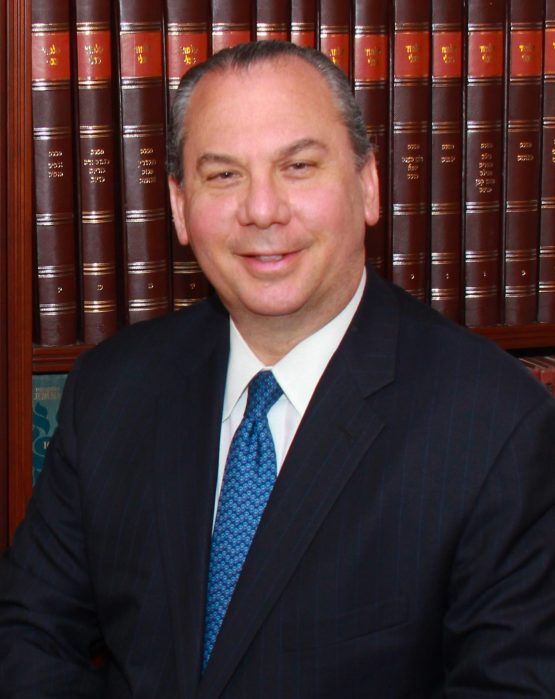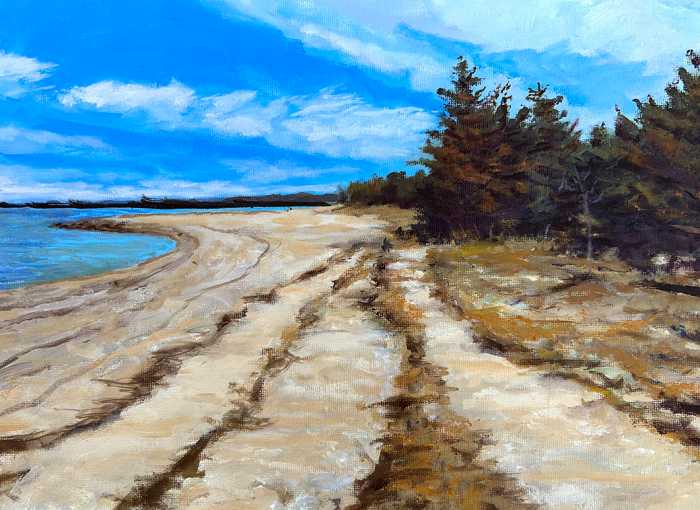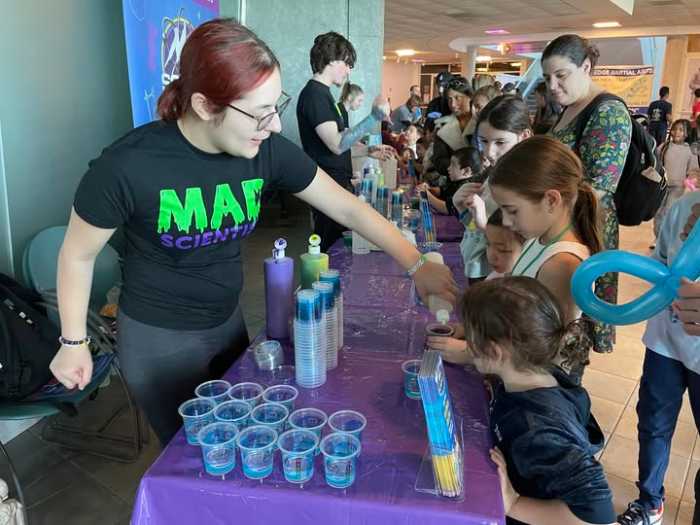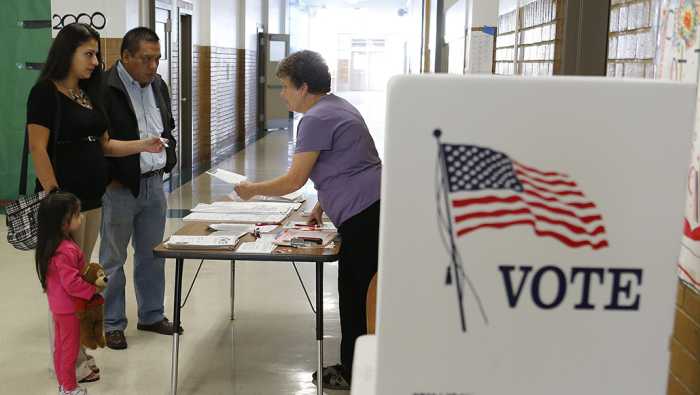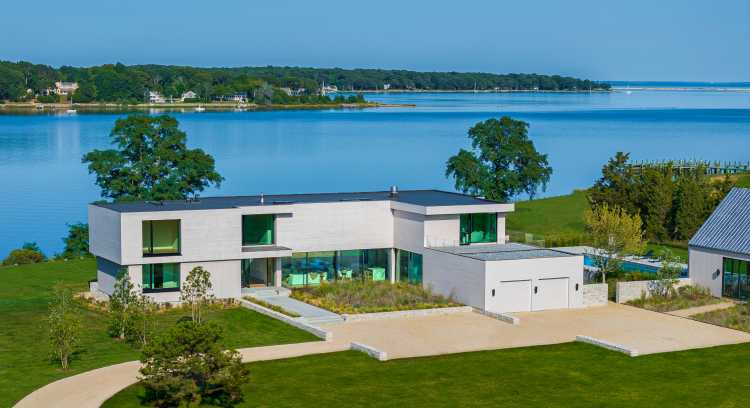The good news is that Tobay Beach on the Town of Oyster Bay’s South Shore is undergoing the largest sand restoration project in recent memory.
The United States Army Corps of Engineers has been pumping 90,000 tons of sand back onto the beach under a $3 million town project aided by a $1.69 million investment from the state of New York.
The state allocated a total of $3.5 million for Tobay Beach and nearby Gilgo State Park and Overlook Beach.
This is welcome news to town residents who have a beautiful place to relax during the summer virtually in their own backyards.
The bad news is that the town’s sand restoration project is the third in the past three years.
“Our shoreline has taken a beating over the past few years, as Mother Nature has been relentlessly eroding our beaches and putting our infrastructure at risk,” Town Supervisor Joseph Saladino said at an event joined by Gov. Kathy Hochul and U.S. Sen. Charles Schumer (D-NY). “We all know how much Tobay Beach means to our residents, which is why we’ve worked diligently every summer to rebuild the shoreline by trucking in thousands of yards of clean sand to shore up the coastline.”
Our concern is that Mother Nature is not going away and restoring the beaches has become an annual project – and annual expense – at a time of climate change when storms like those that caused so much damage the past three years are only getting worse.
The fires in Los Angeles and flood in North Carolina are but two climate-related events in the past year that have raised questions about the need to change how and where to rebuild in a world of rising sea levels and increasingly strong storms.
Schumer said this issue has been addressed in the Army Corps of Engineers’ work, which he lauded for “cutting the red tape and finding solutions to restore the shoreline, protect critical infrastructure, and strengthen defensive dunes.”
“I convened the Army Corps of Engineers and the towns to find a solution for these beaches, and I am happy to see this project—that will revitalize Tobay and Gilgo beaches—get done at limited cost to our towns and taxpayers,” he said.
Hochul also touted the work being done by the Army Corps of Engineers, saying it was creating a “more resilient, sustainable coast.”
This, she said, would mean stronger communities, a protected natural landscape, safety for homes and businesses, and “ensure families can enjoy the beach this summer.”
We hope they are both right. We also hope the Trump administration continues to support federal aid in combatting the effects of climate change.
But as we have seen in just the past year when 100 mile winds swept through parched Los Angeles communities and hurricanes flooded western North Caroline, there are no guarantees.
We agree with Schumer that this year’s price tag for the sand restoration project is a relatively modest price in light of all the good it is doing for Long Island’s shoreline and all those who benefit from it. We agree with Saladino on the need to protect the town’s infrastructure.
But given the recent history, we don’t think it’s too early to start planning for next year.




